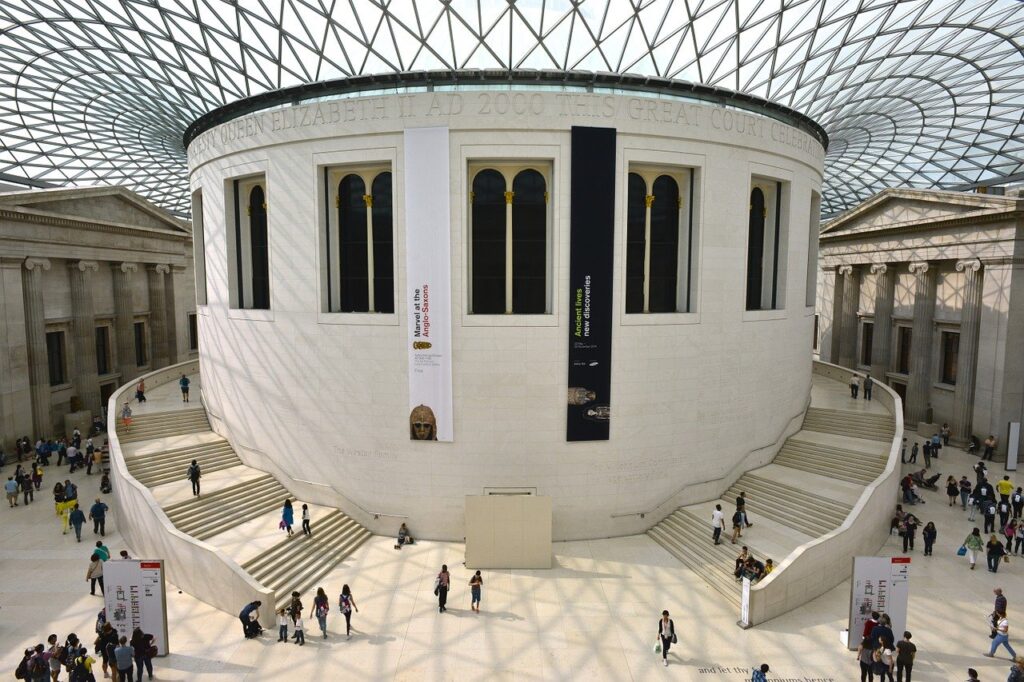Representative of human history, art and culture
The British Museum is one of the largest museums in the world, displaying more than eight million works of art and cultural assets of great historical value. This grandeur museum is always listed as London’s most popular sightseeing location and receives a high reputation. It attracts more than 6.4 million visitors every year, too.
However, the facility faced an unacceptable matter regarding exhibition preservation: Although the museum had gone through partial refurbishments, the around 240-year-old building suffered from water leaks on iron pipes caused by internal corrosion, a problem that often affects old buildings.
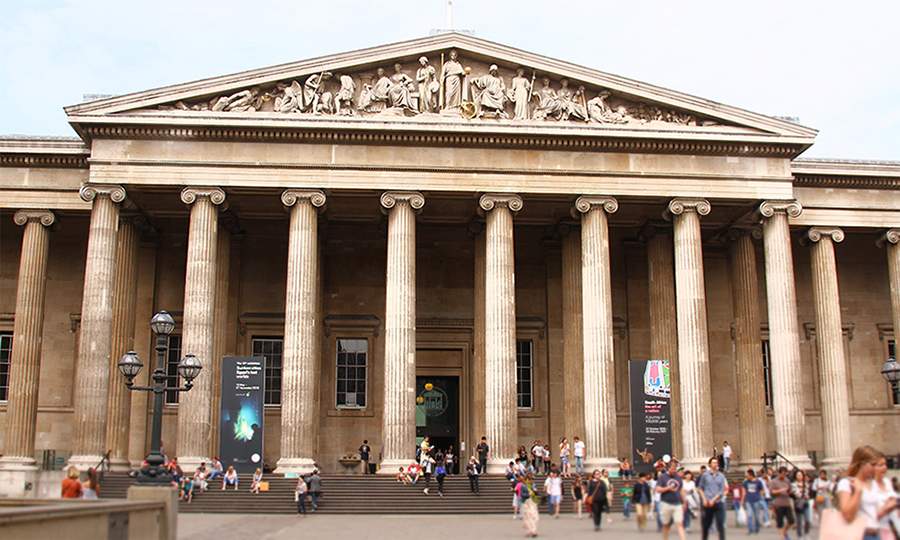
Heightening risk of water leaks
In general, water leaks are a serious concern for museums. As pipework inside walls and above ceilings are usually out of sight, there is an increasing risk of not being aware of the leakage. The biggest problem it can cause is water damage to artworks.
When it comes to the British Museum that keeps numerous world-class artifacts, as we all know, any compensation for damage on them is impossible.
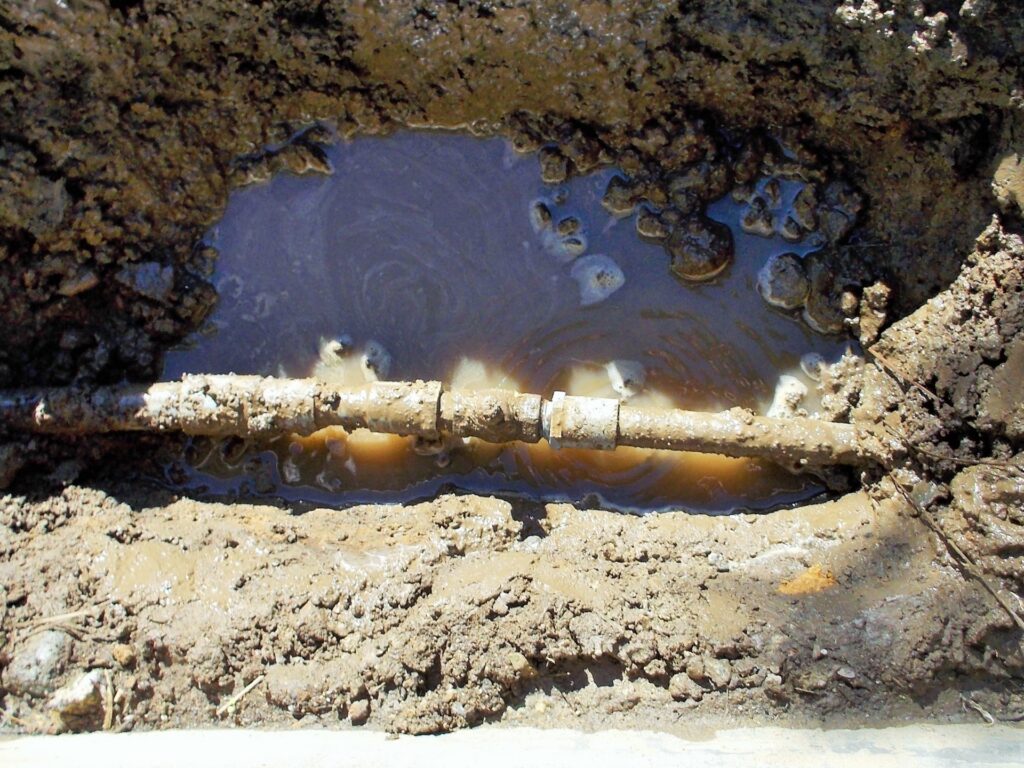
What can we do to aging iron pipes?
There are some conventional means to prevent water leaks on iron pipes. The most common way is to replace old pipes with new ones. However, the museum’s central heating pipework covers an area of more than 56.600 meters square. It would take a pretty long time to replace the entire iron tubing while the museum shut offs the water supply. Naturally, the cost is enormous and thus impractical. And, if the tube deteriorates again, the same problem will occur as well.
An alternative way is called the degassing method that removes oxygen from iron lines to delay the development of internal red rust. However, this method does not affect red rust that has already formed in iron pipes. Moreover, it requires chemical rinsing, which cannot be implemented for museums’ pipes as such chemicals pose a risk to works of art.
Then, what should we do? The answer lies in Pipetector.
Pipetector utilizes free electrons in water, a.k.a. hydrated electrons, to reduce red rust to black rust, an insoluble substance. Due to its chemical property, black rust is used as a protective coating for steel locomotives and iron kettles for centuries. Because black rust has a crystal lattice structure, once a layer of black rust is formed on the internal surface of iron pipes, it even enhances the pipe integrity. In addition, black rust can open up clogged pipes as its volume is 1/10 of that of red rust.
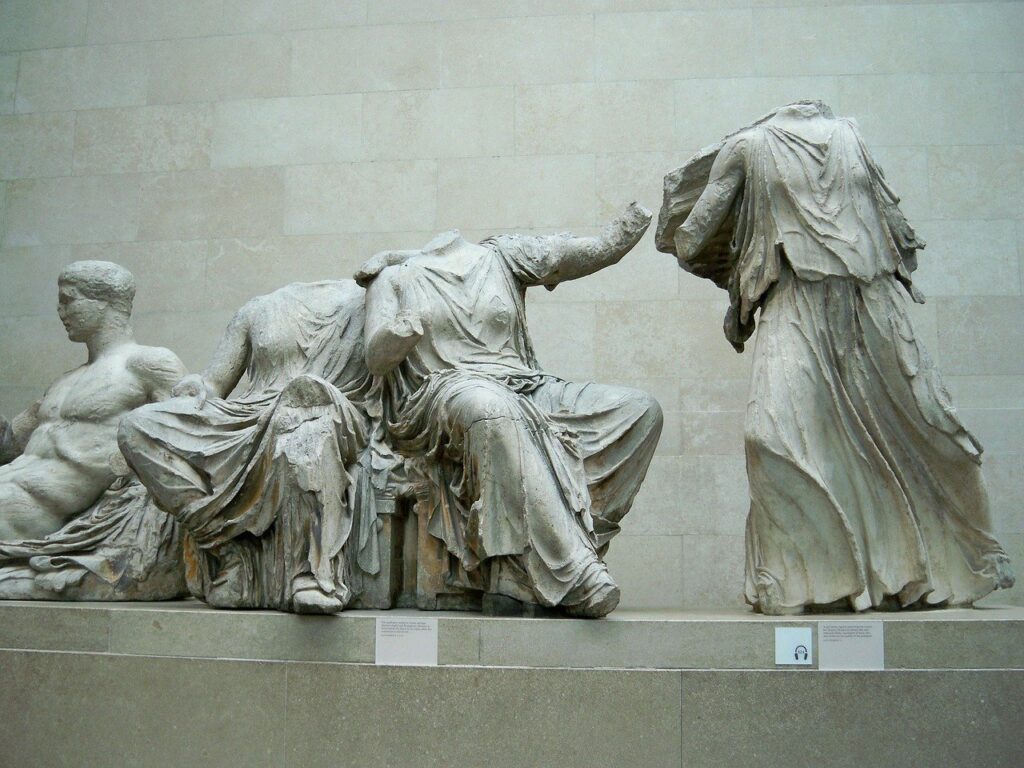
What method did the museum chose?
The museum felt it risky to replace the iron piping or install a degassing device. Instead, it decided to conduct a test trial of Pipetector, whose installation only takes an hour or two. As the device does not come into direct contact with water, it is hygienic. It does not also require any running cost during its product life expectancy over 40 years, thus extending the life expectancy of iron pipes as many years.
As for air-conditioning water tubes, any facility can cut its maintenance cost to an average of less than 1/20 of that of pipe replacement.
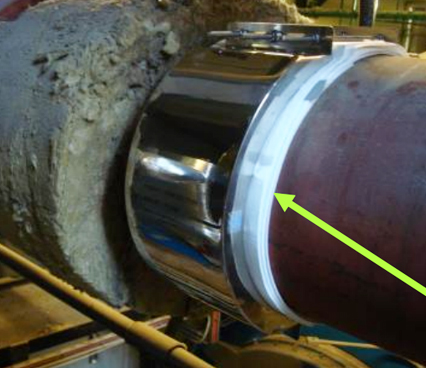
Witnessing obvious improvement
In March 2016, the museum commenced the trial at its air-conditioning heating water pipe and compared* the levels of iron-ion in the water before and after installation. The pre-installation exam detected an iron content of 20.0 mg/L in the water, indicating a severely rusted environment inside the system.
Three weeks after the installation, the level dropped to 3.44 mg/L. After five weeks, it further sunk to 0.2 mg/L, which was equal to the British water quality standard for air-conditioning water.
The British Museum was satisfied with the outcome and therefore purchased Pipetector.
*The actual analysis works were done by an English third-party water testing lab.
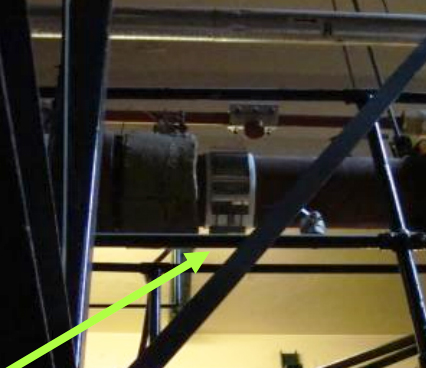
British Museum-approved technology
In March 2018, two years after the installation, the museum installed another Pipetector on a different pipe system to deal with internal corrosion. This is proof that Pipetector has gained trust from the museum.
We are very pleased to be able to play a significant role in protecting important cultural assets.
